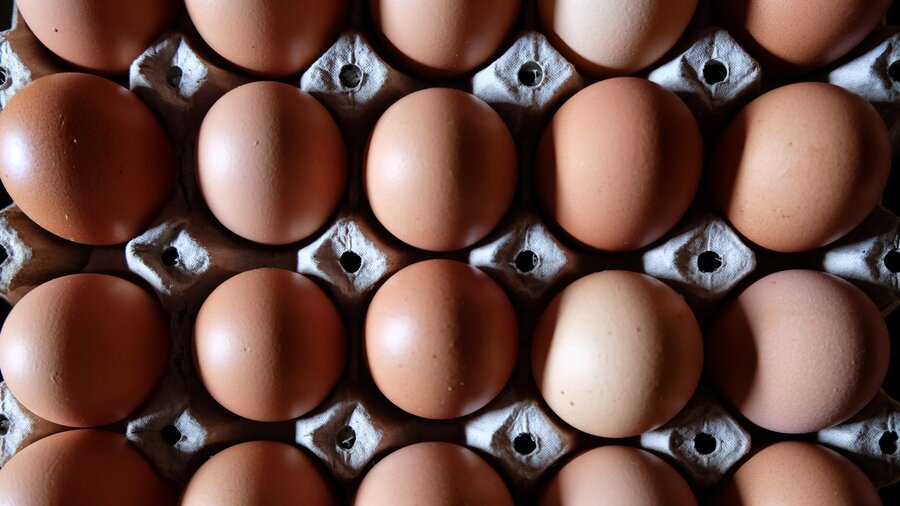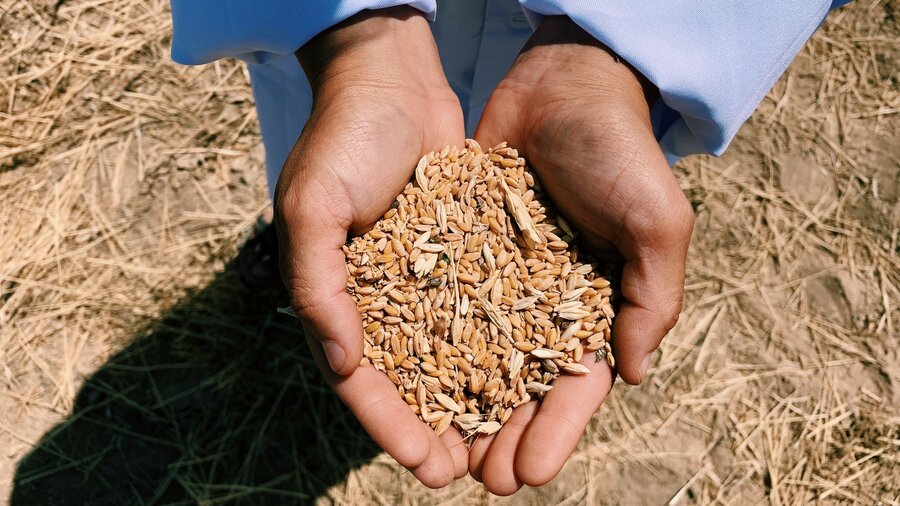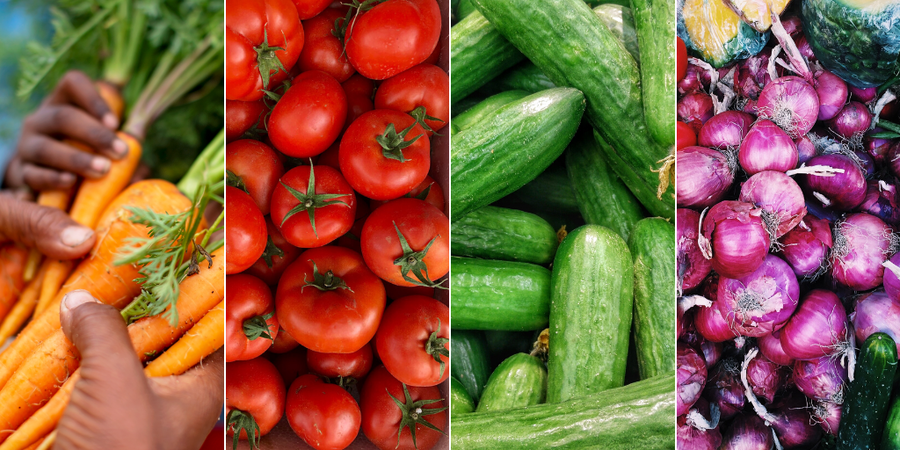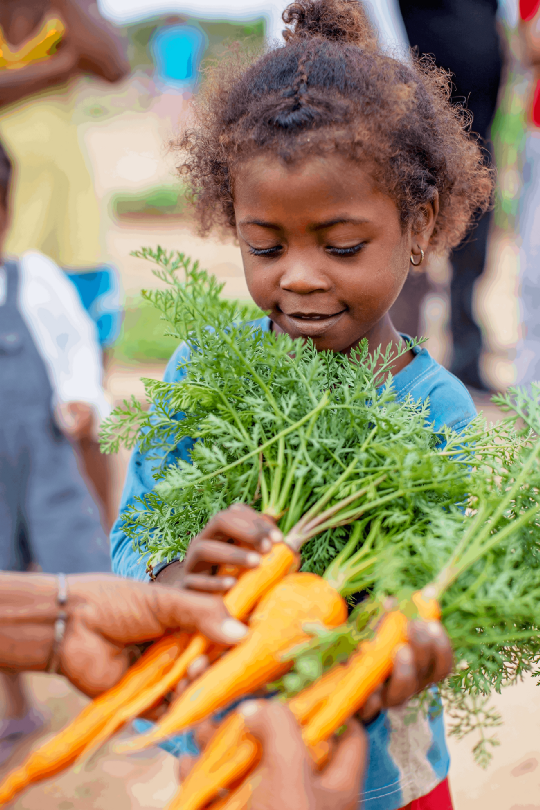Food for thought: 7 tips on keeping a healthy diet in the face of coronavirus

By Ana Opris
More and more people around the world are being forced to stay at home, as countries respond to the COVID-19 pandemic. The ways in which this new coronavirus has transformed how we live, work and keep ourselves entertained feel, to me, unreal. So I courted the advice of the World Food Programme (WFP)'s nutrition experts — on both fortifying ourselves and using this moment as a chance to change our diets for the better.
First things first:
1. Hydrate, hydrate
The body is made of about 75 percent water. The usual recommendation is eight glasses per day of fluid. As we are less active during lockdowns, and may not feel as thirsty, it is important to set regular reminders to ensure we are hydrating our bodies.
For flavour and additional nutrients, add slices of cucumber, lemon or orange to the humble glass of water. Avoid sweetened beverages such as soft drinks and soda because of high sugar content.
2. GO foods

These foods are essential for energy, which is crucial for thinking, working, and fending off disease — think staples such as rice, pasta, bread and root crops. Choose things like wholegrain bread and mixed-grain rice, which release energy more slowly, fuelling you for longer and helping to maintain your weight.
3. GROW foods
These help physical growth, especially for children. GROW foods rebuild your body when you are unwell or have an infection. They are often required in small amounts, but are essential to be consumed daily.
These include meat, fish, eggs, milk and other dairy products such as cheese and yoghurt. It's worth buying UHT milk and other dairy products which have a long shelf life and freezing meat and fish.
Depending on the expiry date, eggs can be kept in the fridge for up to three weeks from the time of purchase. Eggs are a good source of low-fat protein and a range of vitamins.
Limit the consumption of canned meat because it is usually high in salt and fat. Canned tuna is a healthier alternative. Plant-based sources of proteins such as lentils and beans have a long shelf life, and are rich in vitamins and minerals. Rinse dry foods thoroughly before cooking.

4. GLOW foods
These make sure the body works well, help to protect the body from diseases and fight off illness. All foods have some vitamins and minerals, but colourful fruits and vegetables are generally rich in vitamins and antioxidants.
Build a colourful plate with:
Green fruits and vegetables: broccoli, spinach, cabbage, lettuce, Brussels sprouts, green beans, cucumbers, zucchini, peas, green pepper, green apples, kiwi, green grapes, lime, avocado.
Orange and yellow fruits and vegetables: carrots, pumpkin, sweet corn, sweet potato, yellow pepper, yellow tomatoes, yellow apples, apricots, oranges, grapefruit, peaches, mangoes, papaya, pears, pineapple.
Red fruits and vegetables: tomatoes, radishes, red cabbage, beets, red grapes, strawberries, watermelon, cherries, raspberries, pomegranates, cranberries, red apples.
Blue and purple fruits and vegetables: eggplant, purple cabbage, purple potatoes, blackberries, blueberries, purple grapes, plums, raisins, figs.
Preserved fruits and vegetables: whether canned, frozen, dried or fermented/pickled, these are a great alternative source when fresh fruits and vegetables are difficult to find due to seasonality or if they cannot be bought daily.

5. Fortified foods and supplements
Depending on your situation, fortified foods and supplements may be required or combined with meals to supply required nutrients, especially in contexts where diets are of poor quality and limited quantity due to food insecurity.
6. Exercise
Don't forget to also squeeze in some physical activity! The World Health Organization recommends 30 minutes of physical activity a day for adults, and one hour a day for children. If allowed, go outside for a walk or a run, while keeping a safe distance from others. If you cannot leave the house, find an exercise video online, dance to music, do some yoga, or walk up and down the stairs.
7. NO foods — what to avoid
Foods that are high in fat, sugar and salt (heavily processed foods) are not considered part of a healthy diet. It's particularly important at this moment to avoid these foods, as they do not provide any nutritional benefit.
